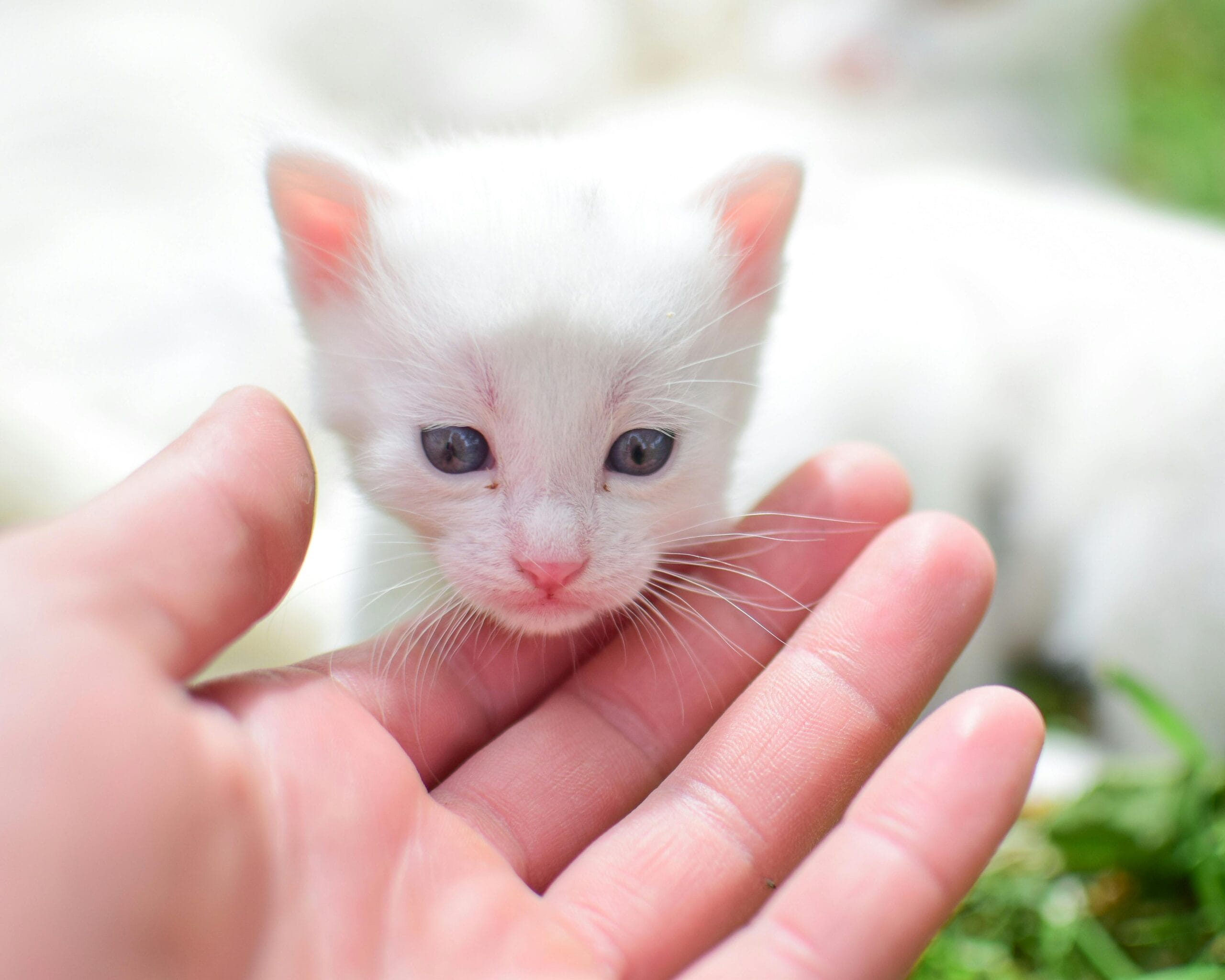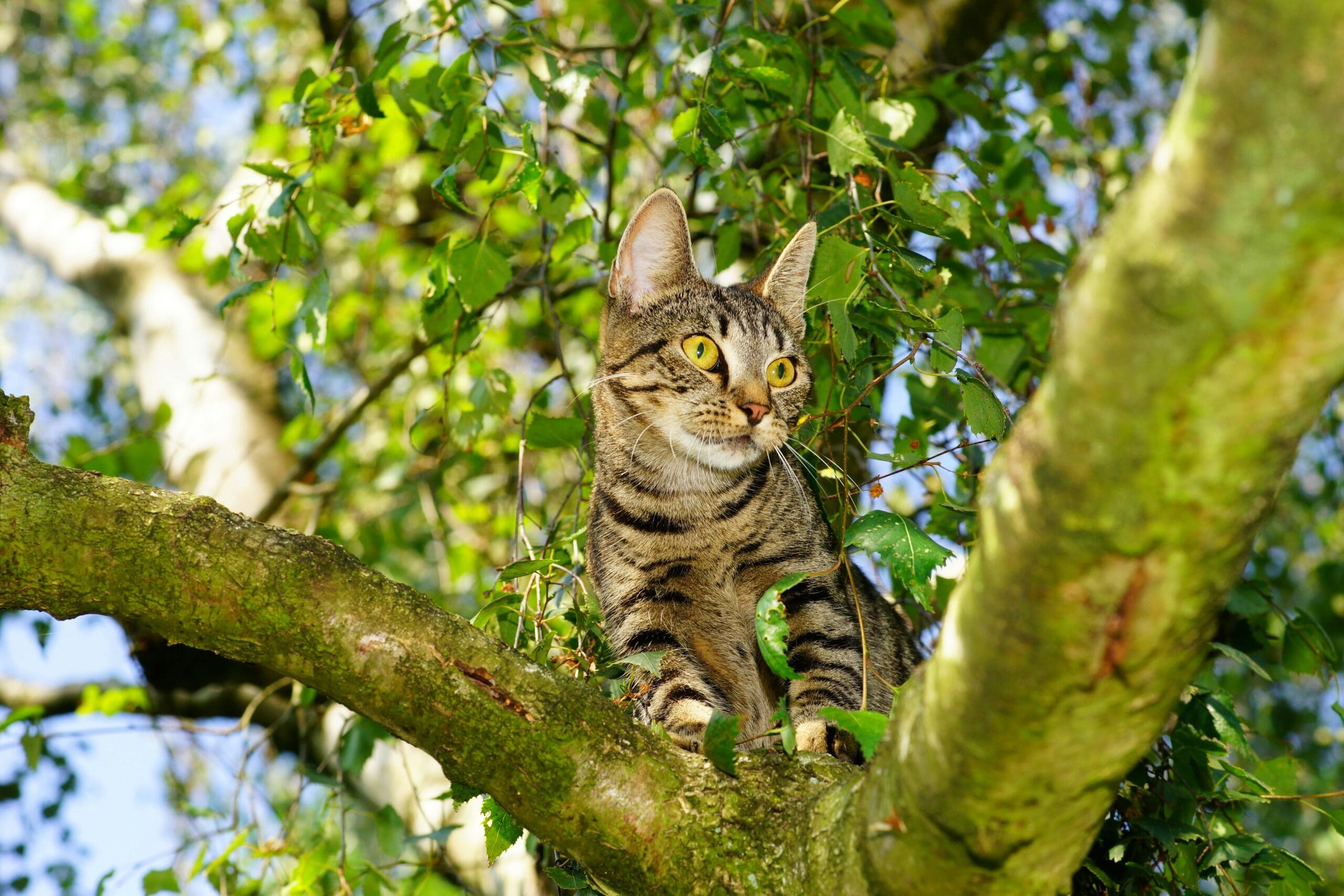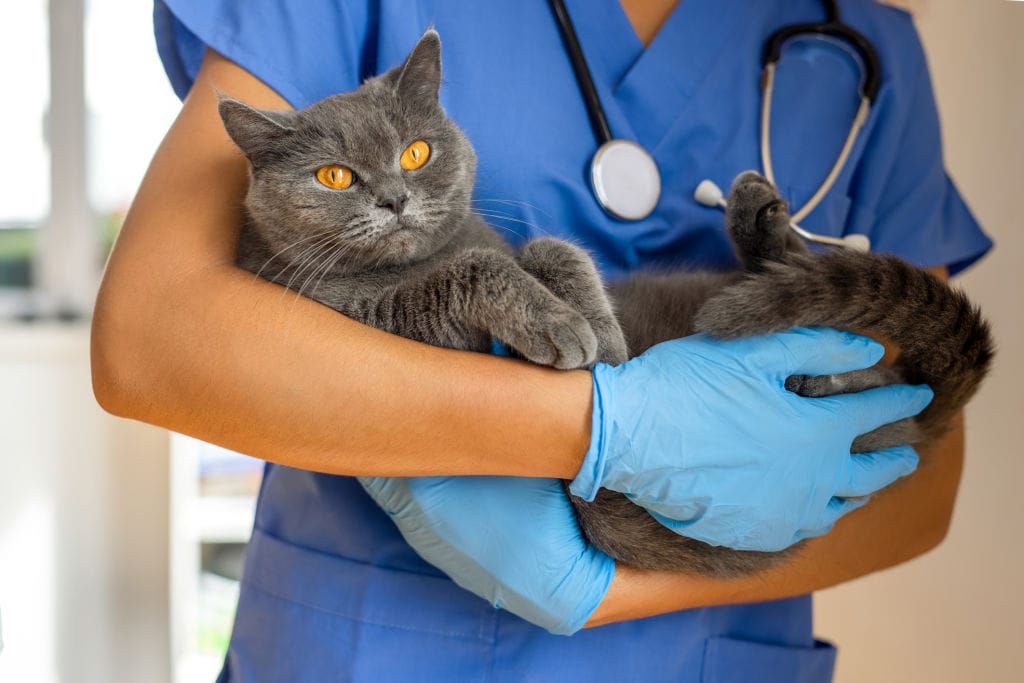How To Catch A Feral Cat With Kittens? Learn humane trapping techniques for feral mother cats & kittens. Trap feral cats with kittens safely & effectively. Get expert advice now! #feralcats #TNR
How To Catch A Feral Cat With Kittens: A Humane Approach
Catching feral cats, especially mothers with kittens, requires patience, understanding, and a humane approach. This isn’t a simple task; it demands careful planning and execution. This comprehensive guide will walk you through the process of how to catch a feral cat with kittens, focusing on safety and the well-being of both the mother and her offspring. We’ll explore various trapping techniques, and emphasize the importance of finding a suitable rescue or shelter for them afterward.
Understanding Feral Cat Behavior: The First Step in Trapping
Before you even consider setting a trap, understanding feral cat behavior is crucial. Feral cats are wild animals, not simply stray cats that have lost their homes. They are incredibly wary of humans and will likely avoid any sudden movements or loud noises. Successfully trapping feral cats with kittens relies on building trust—or at least minimizing fear—over time. This often involves a process of gradual habituation.
Observe the mother cat and her kittens from a safe distance. Note their feeding patterns, preferred resting areas, and the times of day they are most active. This information will inform your trapping strategy. Consider whether the mother cat seems healthy or if you have concerns that she may abandon her kittens if significantly stressed. If you’re unsure about a cat’s health or potential to abandon her young, please consult with a local animal rescue organization or veterinarian.
Choosing the Right Trap for Catching Feral Mother Cats and Kittens
Several types of traps are suitable for catching feral mother cats and kittens. Live traps are essential; never use a trap that could harm the animals. The best choice is typically a large, multi-compartment trap designed to accommodate both the mother and her kittens safely and without causing undue stress.
These traps usually have several entry points. This helps to allow the mother cat to enter the trap first and safely with no worries about her kittens. Ensure the trap is large enough to comfortably house the entire family. Proper trap placement is key. Select a location near where the cat family usually spends their time, using familiar scents and feeding patterns to your advantage. For example, you might place food near the trap before you set the trap itself.
How To Catch A Feral Cat With Kittens: A Step-by-Step Guide
Once you have chosen the right trap, it is time to get to the actual trapping. The goal is to capture the entire family in one operation to minimize stress and ensure that no kittens are left behind.
Step 1: Baiting the Trap
Use strong-smelling, high-quality food as bait. This is especially important for a feral cat that may be used to only foraging on its own. Start by placing the food near the trap, gradually moving it closer over a few days to help the cat become comfortable with the trap’s presence. High-quality canned tuna or salmon often works effectively. Avoid sudden movements or loud noises during this process.
Step 2: Setting the Trap
Once the cat regularly approaches the bait, set the trap carefully, following the manufacturer’s instructions. Ensure the trap is securely fastened to the ground or to something that prevents easy removal. Place the bait inside the trap, far enough that the cat needs to enter to get it.
Step 3: Monitoring the Trap
Monitor the trap frequently, especially during the cat’s active periods. If the mother cat and her kittens are trapped, approach calmly and gently. Avoid sudden movements that might scare them. Cover the trap with a blanket or towel to reduce stress during the transport process. The less stress your kittens are under, the healthier they will be in the long run. Remember, you will need to move quickly once you have trapped the cats, as prolonged stress can be detrimental to their health.
Step 4: Transporting the Cats
Once the trap is secured, transport the cat family carefully and swiftly to the chosen shelter or rescue organization. Be mindful of the weather to ensure you protect the kittens from heat or cold. Remember, you should never handle newborn kittens directly unless you are wearing proper personal protective equipment. Learn more about handling newborn kittens here: Can You Touch Newborn Kittens?
After Trapping: What to Do Next
Once the cats are safely in your possession, quickly transport them to a local animal shelter or rescue organization. These organizations have the resources to provide veterinary care, assess their health, and determine the best course of action. Depending on their age and condition, the kittens may require immediate attention, and the mother cat will need to be assessed before any intervention is carried out. If you are wondering how long you can leave kittens alone, read our handy article here: How Long Can Kittens Be Left Alone?
Remember that it is important to have a plan in place for the cats’ future before attempting to trap them. Do they have adequate resources for kittens? Will they be able to properly care for them, and does the shelter have enough space? This needs to be considered beforehand to avoid causing unnecessary stress and harm to the cats.
Finding Help: Resources for Trapping and Caring for Feral Cats
Many organizations specialize in trapping and caring for feral cats. Contacting your local animal control or humane society is a great starting point. They can provide advice, assist with the trapping process, and ultimately find suitable homes for the cats or offer appropriate care.
If you suspect the mother cat is abandoning or harming her kittens, this requires immediate intervention and a visit from an animal professional. Learn more about this behavior from our post on this topic: Do Cats Eat Their Kittens?
It is worth noting that this can sometimes be caused by underlying health conditions. If you are uncertain whether the cat or kittens need additional medical care, visit your nearest veterinarian to seek advice and ensure appropriate measures are taken to avoid causing unnecessary harm.
Important Considerations: TNR and Kitten Care
Trap-Neuter-Return (TNR) is a humane approach to managing feral cat populations. While this article focuses on how to catch a feral cat with kittens, understanding TNR is important for long-term management. Once the kittens are weaned and old enough, they can be spayed or neutered, to prevent further generations of feral cats. Find out when this can happen with our article: When Can Kittens Be Fixed?
Remember, it is crucial to ensure you are acting within the confines of the law. Many areas have specific regulations and permits required for handling feral cats. Therefore, it is important to learn more about these regulations and contact your local authorities to ensure your actions do not cause legal issues or other implications. Failing to do this can lead to legal ramifications and compromise the safety of the cats. Therefore, always ensure you act ethically and responsibly.
Addressing Potential Challenges
Catching feral cats can be challenging. The mother cat may be extremely wary, making the process more difficult. It may require several attempts to successfully trap the entire family. Do not lose hope. Persistence and patience are essential aspects of successfully catching these cats.
For additional information on rescuing stray kittens, consult this helpful resource: How Do You Catch a Stray Kitten? Remember that patience and understanding of the cats’ behaviour are key to successful trapping.
External Resources:
For further information and support, consult these valuable resources:
ASPCA on Feral Cats – The ASPCA provides comprehensive information on feral cat management and care.
Humane Society of the United States on Feral Cats – The HSUS offers guidance on humane trapping and care for feral cats.
Call to Action
Have you successfully trapped a feral cat with kittens? Share your experiences and tips in the comments below. Let’s build a supportive community to help ensure the well-being of these vulnerable animals! Use relevant keywords like “how to catch a feral cat with kittens,” “trap feral cats with kittens,” or “catching feral mother cats and kittens” in your comments to help others find valuable information.

- Q: How do I trap a feral cat with kittens humanely?
A: The most humane method for Catching Feral Mother Cats And Kittens is using a large, multi-compartment live trap. Bait it with food the mother cat enjoys (e.g., tuna, sardines). Once the mother is trapped, gently secure the trap and then place food near the trap to lure the kittens. You might need multiple traps or to set the trap over several nights. How To Catch A Feral Cat With Kittens requires patience and a gentle approach.
- Q: What kind of trap should I use to Trap Feral Cats With Kittens?
A: A large, multi-compartment live trap is ideal. Ensure it’s large enough for the mother and all her kittens to comfortably fit. Look for traps designed to prevent injury.
- Q: What is the best bait to use for trapping feral cats with kittens?
A: Strong-smelling wet food like tuna or sardines is usually effective. Experiment to find what works best in your area. Avoid using anything that could harm the animals.
- Q: How long should I leave the trap set?
A: Leave the trap set for several days or even weeks, checking it regularly (ideally twice a day). Be patient; it may take time for the mother cat to trust the trap.
- Q: What should I do once I’ve trapped the mother cat and kittens?
A: Handle the trap carefully to avoid stressing the cats. Immediately transport them to a veterinarian or animal shelter for assessment and care. How To Catch A Feral Cat With Kittens is only the first step; providing them with necessary medical care and finding suitable homes or TNR (trap-neuter-return) is crucial.
- Q: Is it legal to trap feral cats?
A: Laws vary by location. Contact your local animal control or wildlife authorities to ensure you’re complying with all regulations before attempting to Trap Feral Cats With Kittens.
- Q: What if the kittens are too young to be separated from their mother?
A: Ideally, keep the mother and kittens together until they’re weaned. A veterinarian can advise on the appropriate age for separation.
- Q: What if only some kittens enter the trap?
A: Relocate the trapped kittens to a safe, warm space nearby while continuing to use the trap to catch the remaining kittens and the mother. You may need to use additional traps or adjust your trapping strategy.
- Q: How can I minimize stress on the cats during trapping?
A: Use a large, humane trap. Set it in a quiet, secluded location. Cover the trap with a blanket or towel for a more secure and less-stressful environment. Handle the cats gently once trapped.
- Q: Can I release the feral cats after trapping?
A: Consider TNR (trap-neuter-return). This involves trapping the cats, getting them spayed/neutered, vaccinated, and ear-tipped, then releasing them back to their territory. This helps control the feral cat population humanely. This is a great alternative to simply Catching Feral Mother Cats And Kittens with the goal of rehoming.

How to Catch a Feral Cat with Kittens
Catching a feral cat with kittens requires patience, understanding, and a careful approach. It’s crucial to prioritize the safety and well-being of both the mother and her kittens. Remember, feral cats are wild animals and may react defensively if they feel threatened. Before attempting to catch them, familiarize yourself with their behavior and the potential risks involved. For example, understanding whether a mother cat might abandon or even harm her kittens is important. Learn more about that possibility at this link: Do cats eat their kittens?
The best approach is typically a gradual one, involving creating a safe and inviting environment. This usually involves setting up a humane trap, baited with food the cat finds appealing. It’s essential to use a trap designed for live capture to avoid injury. Once you’ve successfully trapped the mother cat, focus on safely removing the kittens. It’s important to remember that newborn kittens are incredibly vulnerable. You can find helpful information on handling newborn kittens here: Can you touch newborn kittens?
Patience is key. It may take several days or even weeks to gain the cat’s trust and successfully trap her and her kittens. Avoid sudden movements or loud noises, which can frighten the cat and make her more difficult to catch. Consider consulting with animal rescue organizations or experienced wildlife rehabilitators for guidance. They can offer valuable advice and support throughout the process.
After safely securing the mother cat and her kittens, your next step is to provide proper care. This includes a warm, quiet, and secure environment. Ensure access to food, water, and a clean litter box. You’ll also need to think about when to spay or neuter them. Find out more about appropriate timing here: When can kittens be fixed? Once they are healthy enough, spaying/neutering is vital to controlling the feral cat population. It will help reduce the number of abandoned and neglected kittens in the future. This process is typically performed once the kittens are weaned and healthy enough for the procedure.
Leaving kittens alone, particularly very young kittens, can be dangerous. It’s vital to be aware of the potential risks involved. You can learn more about how long it is safe to leave kittens unattended here: How long can kittens be left alone? Remember, prompt action is crucial, especially for very young kittens. If you are unsure of how to handle the kittens safely, seeking guidance from professionals is always advised. Also, learn about safely catching a stray kitten if you are only looking to rescue one: How do you catch a stray kitten?
Remember, this is a sensitive process. Prioritize the safety and wellbeing of the animals involved. If you are unsure about any aspect of the process, seek advice from experienced animal rescue professionals before proceeding.

How To Catch A Feral Cat With Kittens,Trap Feral Cats With Kittens,Catching Feral Mother Cats And Kittens